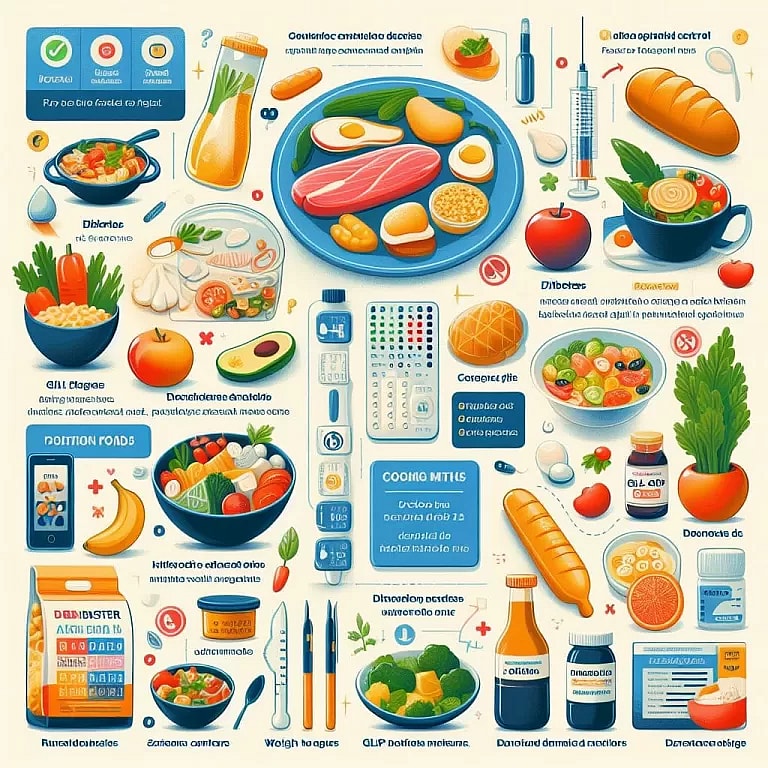Glycemic index
**Glycemic Index: Optimizing Blood Sugar Control**
The glycemic index (GI) is a valuable tool for understanding how different carbohydrate-containing foods affect blood sugar levels. By ranking foods on a scale from 0 to 100, the GI categorizes them as low-, medium-, or high-GI. Low-GI foods release glucose gradually, minimizing blood sugar spikes and promoting sustained energy levels. High-GI foods, on the other hand, cause rapid increases in blood sugar, leading to potential health concerns.
Including low-GI foods in the diet can:
* **Regulate blood sugar levels:** Stable blood sugar supports overall well-being and reduces the risk of diabetes complications.
* **Improve insulin sensitivity:** Low-GI foods promote insulin efficiency, enhancing the body’s ability to use glucose for energy.
* **Reduce hunger and cravings:** Gradual glucose release promotes satiety, reducing hunger and controlling appetite.
Conversely, consuming high-GI foods regularly can have adverse effects:
* **Blood sugar spikes:** Rapid glucose absorption can strain the pancreas and increase the risk of insulin resistance and type 2 diabetes.
* **Increased inflammation:** High-GI foods trigger an inflammatory response, which can contribute to chronic diseases.
* **Weight gain:** Insulin resistance associated with high-GI diets can promote weight gain and increase the risk of obesity.
By understanding the glycemic index, individuals can make informed food choices to manage their blood sugar levels, promote overall health, and prevent the development of chronic diseases associated with uncontrolled blood sugar.
GLP-1 Medication Diet: Find the Optimal Nutrition Strategy

A balanced diet rich in high-fiber foods, healthy fats, and vegetables is beneficial when taking GLP-1 medications. GLP-1 medications, or glucagon-like peptide-1 receptor agonists, treat type 2 diabetes when other medications haven’t sufficiently managed blood sugar levels. Some GLP-1 agonists,…
